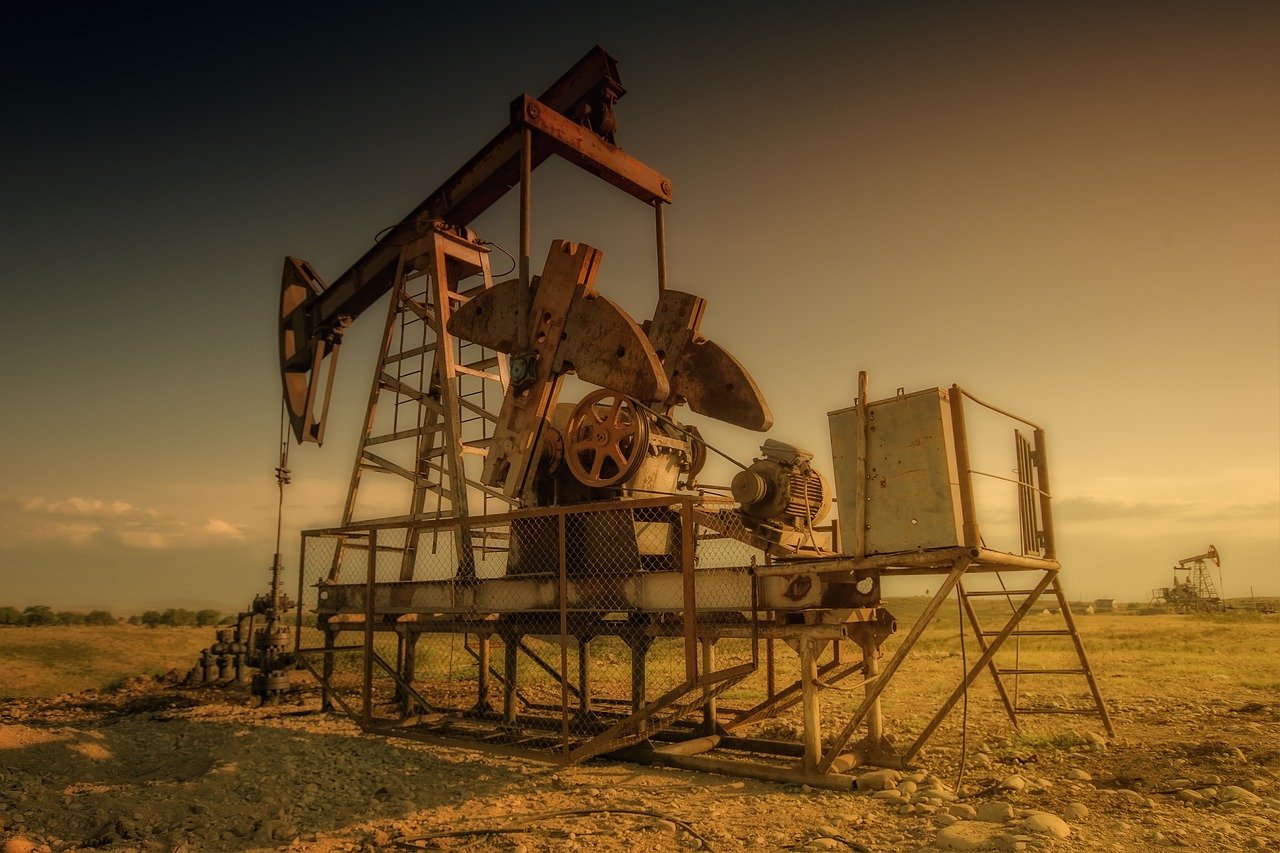Stretching across West Texas and Southeastern New Mexico, the Permian Basin is a key source of crude oil in the United States. But a perfect storm of labor and supply shortages, combined with slowing capital spending and international conflict, are hampering new drilling. The result has been rising crude oil and gasoline prices and inflationary pressure throughout the economy.
Oil producers relying on fracking technology need steel, pumps, sand, drilling rigs, and workers. Fracking uses a high-pressure stream to fracture the underground rock, releasing crude to be pumped towards the surface. This process is capital- and equipment-intensive, so even when the market for oil is strong, drillers have to make a significant investment to reach new sources. Bottlenecks in supply chains and labor issues are slowing the process.
A Weak Supply Chain
Oil prices above $100 a barrel became the norm in 2022, with gasoline prices setting multi-year highs through the spring and summer. Yet despite the higher prices, drillers are facing long delays in delivering equipment needed to drill and operate new wells.
The supply chain issues arose from the steep economic downturn during the COVID pandemic, which struck the United States in early 2020. With demand for gasoline and other oil products reduced, prices fell, and the industry slowed or ceased production in the Permian Basin and elsewhere. Instead of upgrading or replacing equipment, oil producers spent money on maintenance.
As the pandemic faded and gasoline demand recovered, shortages of drilling rigs and equipment hit the Texas/New Mexico “oil patch.”
Slight Production Increases
Nevertheless, the Permian is expected to contribute to a rise in U.S. production of about 8%, or 12.6 million barrels a day, by the end of 2022, as estimated by the Energy Information Administration. This contrasts with the ramp-up in supply of about 20% when oil prices last topped $100 a barrel in 2014.
There are several reasons why the current production rise is not matching that of 2014.
- Oil producers have been limiting their capital spending and paying higher distributions to shareholders.
- The shale wells exploited in the fracking process are gradually depleting, forcing producers to develop and operate less-productive wells.
- The shortage of equipment is forcing some producers to pause operations as they wait for needed steel casing, sand, and electric cable.
- Fracking fleets are almost fully deployed, with few available for new drilling operations.
- Workers are leaving the industry for better-paid jobs elsewhere. There are 100,000 fewer workers in the oil industry than before the pandemic hit.
Meanwhile, the daily rates charged for drilling rig leases have risen sharply, raising expenses and pressuring margins for producers. Inventories of rigs and the steel casing needed for drilling operations have fallen as well.
Outlook for Future Growth
When cash is tight and you need to keep operations moving, factoring is a great way to manage cash flow in difficult times. We know that the current economic climate is hard to project, but TXP can help your business manage finances so that even in uncertainty, your livelihood is still strong and growing with TXP Capital. Reach out today for more information on our factoring services.






